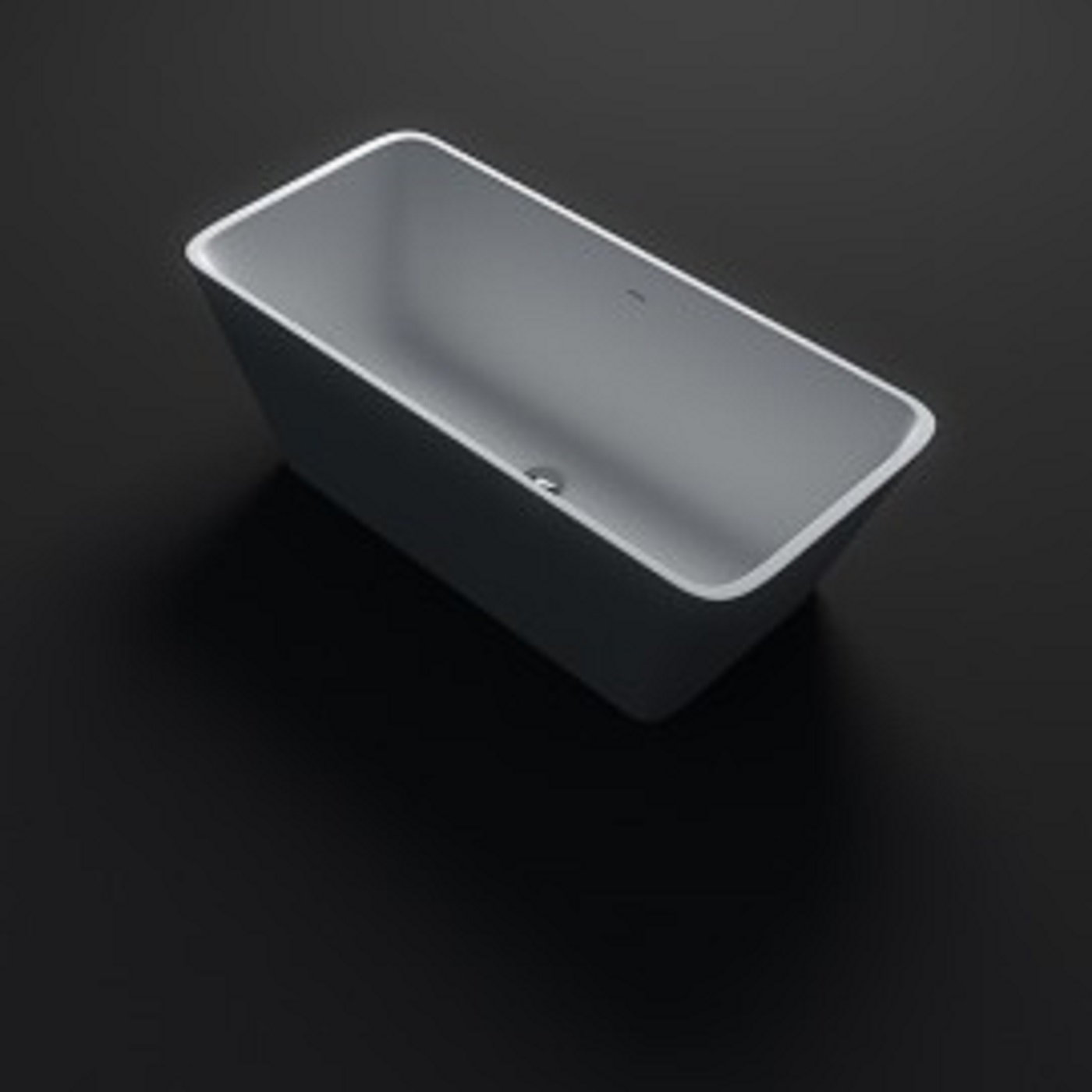Freestanding baths have become a hallmark of modern bathroom design, offering both elegance and a touch of timeless luxury. These standalone fixtures, unlike built-in options, are not confined by walls or cabinetry, providing a focal point that can transform any bathroom space.
In this comprehensive guide, let’s explore the various aspects of small freestanding bath, including their benefits, types, materials, and tips for choosing the perfect one for your home.
What is a Freestanding Bath?
A freestanding bath is a bathtub that is not attached to any walls or built into the floor. It stands alone and is often placed in a central or prominent position in the bathroom. This type of bath is celebrated for its aesthetic appeal and versatility in placement.
Benefits of Freestanding Baths
- Aesthetic Appeal: Freestanding baths are available in various designs, from classic clawfoot tubs to sleek, modern styles. They can serve as the centrepiece of your bathroom, making a bold statement and enhancing the overall decor.
- Versatility: These baths can be placed almost anywhere in your bathroom, provided there’s adequate plumbing. This flexibility allows for creative layouts and can make smaller bathrooms feel more spacious.
- Comfort: Freestanding baths are often deeper than built-in tubs, providing a more luxurious and immersive bathing experience. Many models are ergonomically designed to support your back and neck, ensuring maximum comfort.
- Increased Property Value: Investing in a freestanding bath can boost the value of your home. Potential buyers often view them as a desirable luxury feature, which can make your property stand out in the market.
- Ease of Installation: Unlike built-in tubs that require significant modifications to the bathroom structure, freestanding baths can be installed with minimal disruption, making them a convenient choice for remodels.

Types of Freestanding Baths
Freestanding baths come in various shapes and sizes, each offering unique features and benefits:
- Clawfoot Tubs: These classic tubs, characterised by their ornate feet, exude a vintage charm that’s perfect for traditional or eclectic bathroom designs. They are typically made from cast iron or acrylic.
- Slipper Tubs: With a higher backrest on one side, slipper tubs are designed for lounging. They are ideal for those who enjoy long, relaxing baths and are available in both single and double-ended versions.
- Japanese Soaking Tubs: These deep, compact tubs are designed for a full-body soak. They are perfect for smaller bathrooms where space is at a premium, yet a luxurious bathing experience is desired.
- Modern Freestanding Tubs: Featuring sleek lines and minimalist designs, these tubs are made from materials like acrylic, stone resin, or stainless steel. They are perfect for contemporary bathrooms seeking a sophisticated look.
- Corner Freestanding Tubs: Designed to fit snugly into a corner, these tubs combine the space-saving benefits of a built-in tub with the elegance of a freestanding model.
Choosing the Right Material
The material of your small freestanding bath can affect its durability, appearance, and comfort:
- Acrylic: Lightweight and affordable, acrylic is a popular choice for freestanding baths. It is easy to clean and available in a wide range of shapes and styles. However, it may not retain heat as well as other materials.
- Cast Iron: Known for its durability and excellent heat retention, cast iron is ideal for those who enjoy long, hot baths. It is, however, much heavier and may require reinforced flooring.
- Stone Resin: This composite material mimics the look of natural stone but is lighter and more affordable. It offers excellent heat retention and a luxurious finish.
- Copper: Offering a distinctive and rustic aesthetic, copper freestanding baths are also great at retaining heat. They develop a beautiful patina over time, adding to their unique charm.
- Stainless Steel: Ideal for modern bathrooms, stainless steel tubs are sleek, durable, and easy to maintain. They can create a striking focal point in any bathroom design.
Tips for Choosing a Freestanding Bath
- Consider the Size: Ensure your bathroom has enough space to comfortably accommodate the tub, leaving room for movement and other fixtures.
- Check the Weight: Some materials, like cast iron, are very heavy and may require structural reinforcement. Make sure your bathroom floor can support the weight of the filled tub.
- Evaluate Plumbing Needs: Freestanding baths often require floor-mounted faucets and special plumbing. Consult with a professional to ensure your bathroom can accommodate these requirements.
- Think About Maintenance: Some materials and finishes require more maintenance than others. Choose a material that fits your lifestyle and maintenance preferences.
- Match Your Style: Choose a freestanding bath that complements the overall style of your bathroom. Whether you prefer vintage charm or modern elegance, there’s a freestanding tub to match your aesthetic.
Summing Up
Freestanding stone baths are more than just a place to bathe; they are a statement of style and luxury. Whether you’re renovating your bathroom or designing a new one, a freestanding bath can elevate the space, providing both visual appeal and a luxurious bathing experience.
By considering the various types, materials, and placement options, you can find the perfect small freestanding bath that meets your needs and transforms your bathroom into a personal sanctuary.

